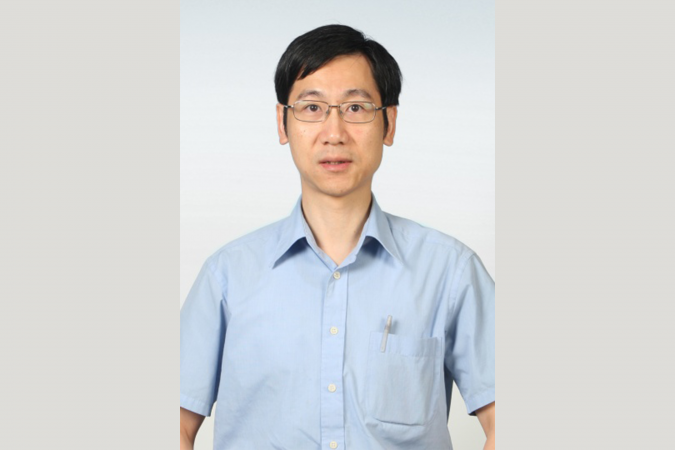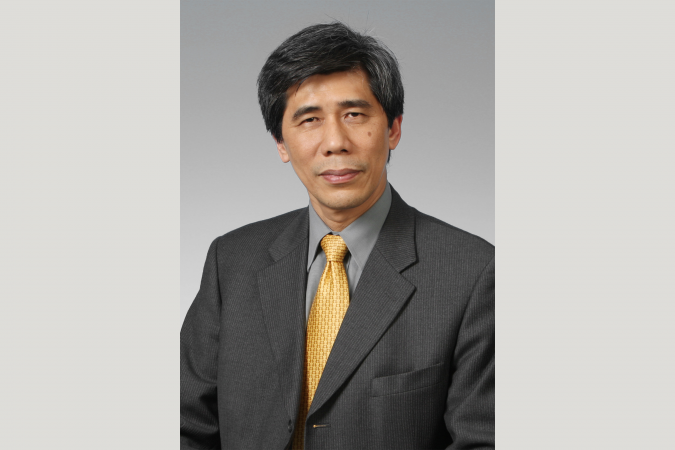HKUST Reaps Three Awards for Research Excellence in Natural Sciences
Three pioneering engineering research projects at the Hong Kong University of Science and Technology (HKUST) have reaped the Awards for Research Excellence in Natural Sciences bestowed by the Ministry of Education.
The Awards for Research Excellence (Science and Technology) are set up by the Ministry of Education to recognize outstanding research projects at all tertiary institutions in China. Classified into several categories, the Awards are presented to individuals or units that have made remarkable contributions in the areas of scientific discovery, technological innovation, science and technology advancement, and the implementation of patented technologies. The Natural Sciences category of the Awards honors researchers who have made discoveries in basic and applied research, or explained natural phenomena or characteristics through scientific research.
Summary of HKUST’s projects which are conferred the Awards for Research Excellence in Natural Sciences in 2012:
First Class in Natural Sciences
Prof Furong Gao, Chemical and Biomolecular Engineering
- Theory of High-performance Batch Process Control Systems
The project by Prof Furong Gao and the Zhejiang University research team (who are former MPhil/PhD students and researchers of HKUST) achieved major breakthroughs in process modeling; process control; process monitoring and quality prediction; process optimization; and new quality measurement technology. In process modeling, the project originated the model migration method based on process similarity. In process control, the project revealed the two-dimensional dynamics of batch process for the first time and proposed 2D control algorithms accordingly. In process monitoring, the project proposed the multi-phase and phase-transition concepts for the first time and proposed a series of online monitoring, fault diagnoses and quality prediction methods. In process optimization, the project originated the model-free-optimization, using the online quality data instead of quality model, and significantly improved the efficiency of batch process quality optimization. In new measurement technology, the project creatively developed a capacitive transducer for injection molding molds and provided a new technology for quality online measurement.
The project put forward and resolved some key theoretical problems in control of batch processes and laid a good foundation for establishing related theory and system method. It also leads the direction of research and development in some related areas in the world. The research results have broad application prospects and are set to lay a scientific foundation for the transformation and upgrading of manufacturing industries. Industrial application of the research includes the batch process control algorithms, which have been well applied to injection molding process, a typical batch process, and excellent results have been achieved. The team has started the research since 1995.
Prof Christopher Leung, Department Head, Civil and Environmental Engineering
- Mechanisms for Crack Control in Quasi-brittle Cementitious Materials and the Developing of Ultra High Toughness Cementitious Composites
Prof Christopher Leung and collaborators from Zhejiang University, Tongji University, Shantou University and Dalian University of Technology have developed high-toughness fiber-reinforced cementitious composites with excellent tensile ductility and crack control. Such materials exhibit very high energy absorption capability and have been used for the construction of earthquake resistant structures. The materials’ strong resistance to crack opening, even under high structural deformation, can ensure long-term durability of concrete structures.
Besides the development of basic theory and material design methods to achieve the required performance, the team has also produced very important results for practical applications. These include (i) testing methods to quantify the fracture resistance of cementitious composites, (ii) design theory for beams with a layered structure consisting of the high-toughness cementitious composites, conventional fiber-reinforced concrete and normal concrete, to maximize performance while minimizing cost. Such theory is of practical significance because the high-toughness cementitious composite is several times more expensive than normal concrete. (iii) theory for delamination between the layers, which provide insights to the control of delamination failure.
The availability of the high ductility/toughness cementitious composites and corresponding testing/component design methods can bring along a new generation of structures with improved safety and repairability under severe loading (such as earthquake, impact) as well as higher durability in various environments. With longer life-span, structures become more sustainable, as the carbon emission affiliated with reconstruction or major repair can be significantly reduced. The material and corresponding testing/design approaches have good potential for application in major infrastructure projects in China and other developing countries. The team has started this research since 1992.
Second Class in Natural Sciences
Prof Matthew Yuen, Department Head, Mechanical Engineering
- 3D Garment Design
Prof Matthew Yuen and his former PhD student successfully developed a 3D computer simulation technology which features 3D human model, simulated garment fitting, material-based garment draping, and 3D garment design and modification. Their research started in mid 1990’s when the local garment industry faced a shortage of pattern makers, who converted fashion designers’ 2D design sketches into pattern pieces, and hence created a bottleneck in the development of the industry. The research addressed to the problem and streamlined the whole garment design and manufacturing processes. This has greatly improved efficiency in the overall production process and facilitated a more open design environment.
Their garment design system allows fashion designers to sketch designs directly in the computer on a 3D human model. The simulated garment assembly and fitting technology will then display the effect of how the garment will fit the body in a 3D dress model. The draping technology will simulate how garments in different fabric properties will drape on a body. With these technologies, fashion designers can preview the real-like effects of the garments fitted to a customized human body without the need to do the processes physically. Much time is saved and efficiency is enhanced. When the design process is finished, the system will decompose the 3D design into 2D pattern pieces. This can save the work of pattern makers and the bottleneck of pattern makers shortage can be solved.
The system has also provided e-business technologies to facilitate the merchandising of garment products. Consumers who first have their body size scanned can have virtual online fitting of any garments on their body, without physically putting on them. With the growing popularity of online shopping nowadays, the system is set to have wide potential use in online garment retailing. Industrial partners which have adopted their technology included world-leading garment manufacturers and globally-known clothing companies.



